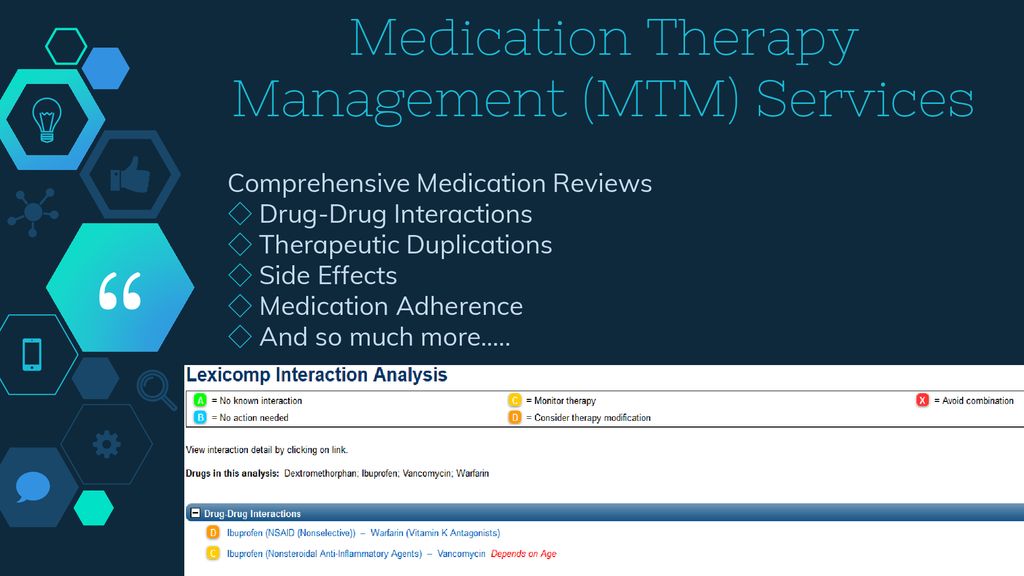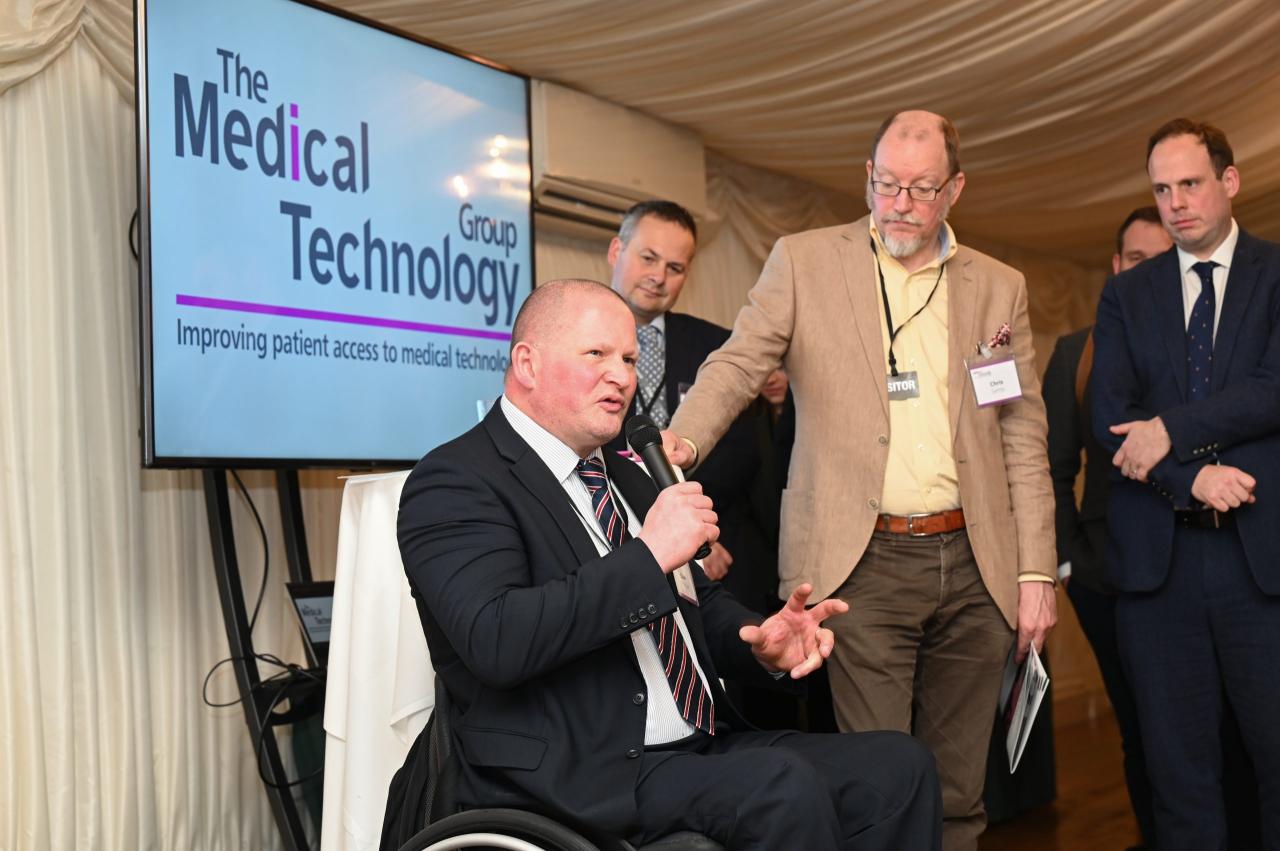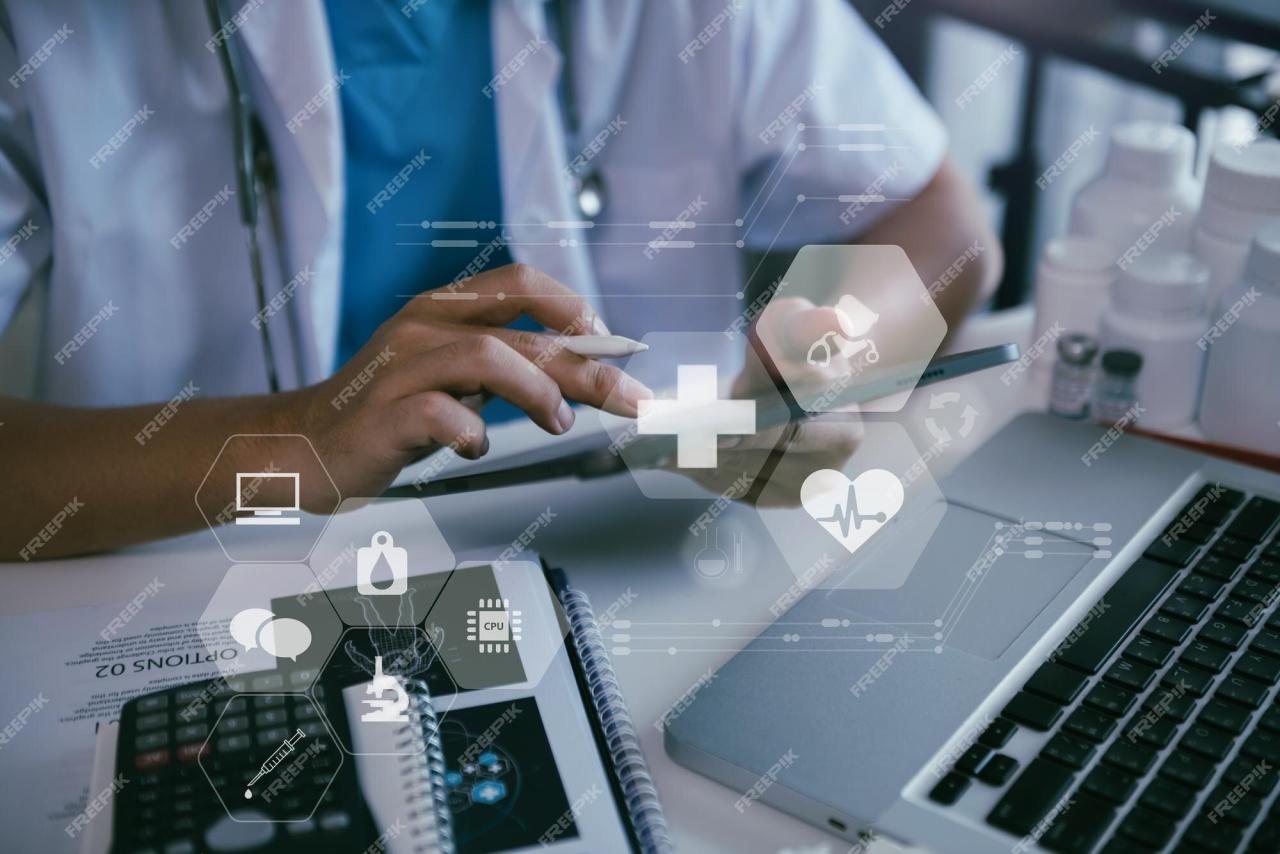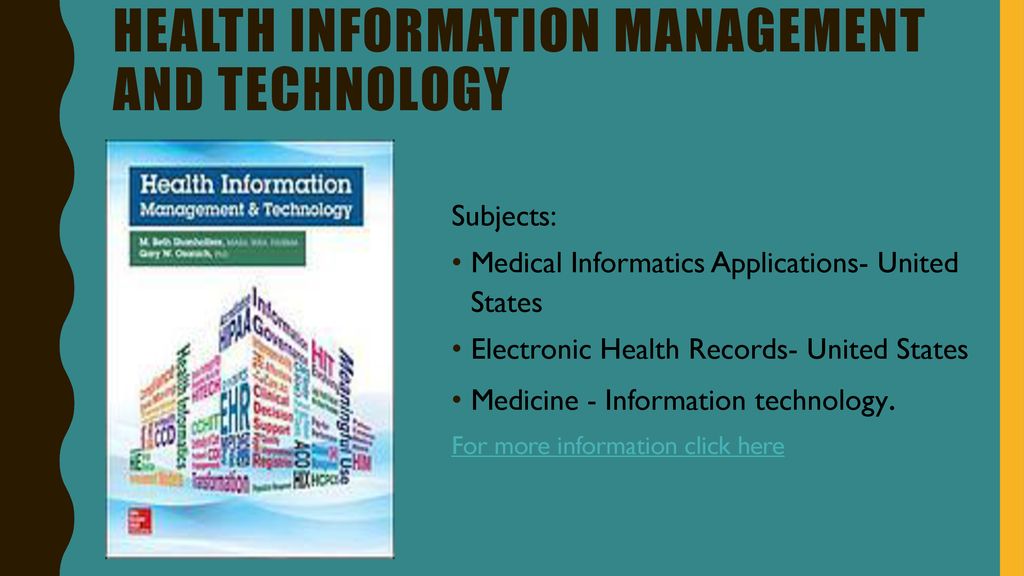Nursing Informatics & Technology: Managing Healthcare Information
Nursing informatics and technology information management systems are revolutionizing healthcare, transforming the way nurses access, analyze, and utilize patient data. This powerful combination empowers nurses to make informed decisions, improve […]
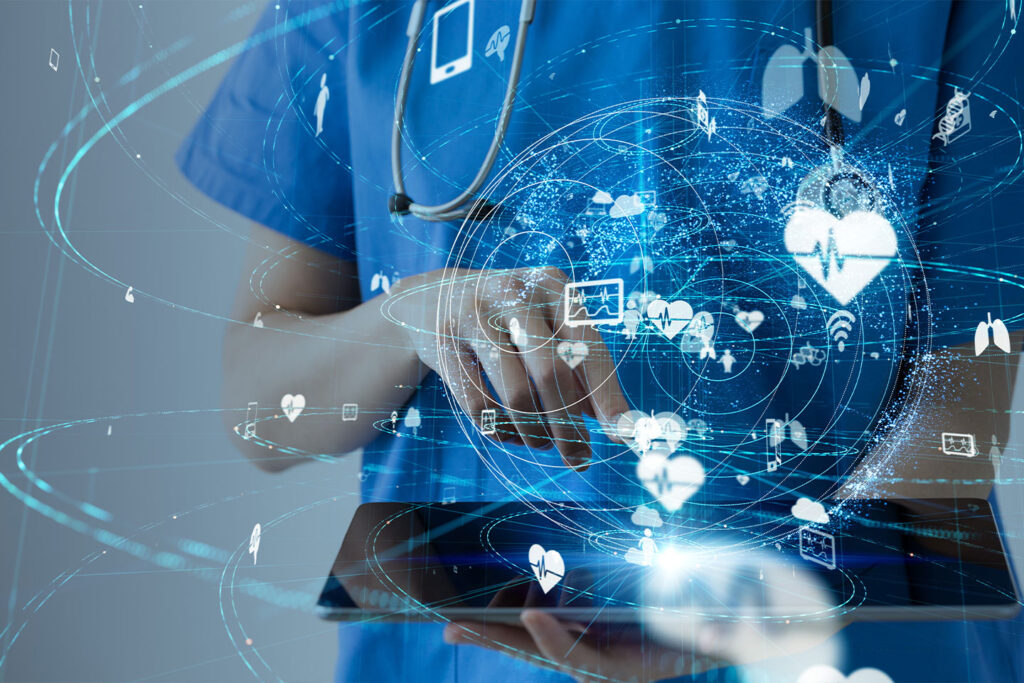
Nursing informatics and technology information management systems are revolutionizing healthcare, transforming the way nurses access, analyze, and utilize patient data. This powerful combination empowers nurses to make informed decisions, improve patient outcomes, and enhance the overall quality of care.
These systems encompass a wide range of tools, including electronic health records (EHRs), clinical decision support systems (CDSS), and patient portals. EHRs serve as digital repositories of patient information, streamlining documentation and providing a comprehensive view of a patient’s medical history. CDSSs offer real-time guidance and alerts, assisting nurses in making accurate diagnoses and implementing appropriate treatments. Patient portals empower patients to actively engage in their care, accessing their medical records, scheduling appointments, and communicating with healthcare providers.
Information Management Systems in Nursing

Information management systems play a crucial role in modern nursing practice, facilitating efficient patient care, improving communication, and enhancing data analysis. These systems are designed to streamline various aspects of nursing workflow, from patient record management to clinical decision-making.
Electronic Health Records (EHRs)
EHRs are digital versions of traditional paper-based patient charts. They provide a comprehensive and secure repository of patient health information, accessible to authorized healthcare professionals.
- Benefits:
- Improved patient safety by reducing medical errors through standardized documentation and alerts.
- Enhanced communication and collaboration among healthcare providers.
- Increased efficiency in data retrieval and analysis.
- Reduced paperwork and storage costs.
- Examples:
- Epic Systems: A widely used EHR system known for its comprehensive functionality and integration with other healthcare systems.
- Cerner: Another leading EHR provider offering a range of solutions for hospitals and clinics.
- Challenges:
- High implementation costs and ongoing maintenance requirements.
- Potential for data breaches and security concerns.
- User training and adoption challenges.
Clinical Decision Support Systems (CDSS), Nursing informatics and technology information management systems
CDSSs are software applications that provide clinicians with evidence-based recommendations and alerts to assist in clinical decision-making.
- Benefits:
- Improved patient safety by reducing medical errors and promoting adherence to clinical guidelines.
- Enhanced patient care through timely interventions and personalized treatment plans.
- Increased efficiency by automating tasks and providing reminders for essential procedures.
- Examples:
- Meditech: A comprehensive CDSS that integrates with EHR systems to provide medication alerts, dosage calculations, and other clinical support.
- Wolters Kluwer: Offers a range of CDSS solutions, including UpToDate, a clinical knowledge resource that provides evidence-based recommendations.
- Challenges:
- Potential for alert fatigue if systems generate too many alerts.
- Ensuring the accuracy and reliability of the data used by CDSSs.
- Adapting CDSSs to specific patient populations and clinical contexts.
Patient Portals
Patient portals are secure online platforms that allow patients to access their health information, communicate with healthcare providers, and manage their care.
- Benefits:
- Increased patient engagement and empowerment.
- Improved communication and collaboration between patients and providers.
- Enhanced patient satisfaction and adherence to treatment plans.
- Examples:
- MyChart: A popular patient portal offered by Epic Systems, providing access to medical records, appointment scheduling, and messaging.
- Patient Gateway: A patient portal developed by the Department of Veterans Affairs, offering similar functionalities.
- Challenges:
- Ensuring patient privacy and data security.
- Providing user-friendly interfaces that are accessible to all patients.
- Managing patient expectations and ensuring appropriate use of the portal.
Data Analysis and Interpretation
Nursing informatics harnesses the power of data analysis to improve patient care and outcomes. By extracting meaningful insights from patient data, nurses can make informed decisions, identify trends, predict risks, and optimize care delivery.
Data Analysis Techniques for Improved Patient Outcomes
Data analysis techniques play a crucial role in nursing informatics, helping to transform raw data into actionable insights that enhance patient care. Here are some key techniques:
- Descriptive Statistics: This technique summarizes and describes key characteristics of patient data, providing insights into patient demographics, diagnoses, and treatment patterns. For example, analyzing the average length of stay for patients with a specific condition can help identify areas for improvement in care delivery.
- Regression Analysis: This technique explores the relationship between variables, allowing nurses to identify factors influencing patient outcomes. For instance, regression analysis can help determine the impact of medication adherence on blood sugar control in diabetic patients.
- Predictive Modeling: This technique uses historical data to predict future events, such as readmission rates or patient complications. By identifying patients at risk, nurses can implement proactive interventions to prevent adverse outcomes.
- Machine Learning: This advanced technique enables computers to learn from data without explicit programming, enabling the identification of complex patterns and relationships. Machine learning algorithms can be used to predict patient outcomes, personalize treatment plans, and optimize resource allocation.
The Role of Data Visualization in Presenting Insights
Data visualization is essential for effectively communicating insights derived from nursing data. Visual representations, such as charts, graphs, and dashboards, make complex data easily understandable and accessible to a wider audience, including nurses, physicians, and administrators.
- Bar Charts: These charts are useful for comparing categorical data, such as the number of patients admitted with different diagnoses.
- Line Graphs: These graphs illustrate trends over time, such as changes in patient blood pressure readings or medication adherence patterns.
- Scatter Plots: These plots depict the relationship between two variables, helping to identify correlations and potential influencing factors.
- Dashboards: These interactive tools provide a consolidated view of key performance indicators, enabling nurses to monitor patient progress, identify trends, and make informed decisions.
Examples of Data Analysis in Nursing Practice
Data analysis plays a vital role in various aspects of nursing practice, leading to improved patient outcomes. Here are some examples:
- Identifying Trends in Hospital-Acquired Infections (HAIs): By analyzing data on HAI occurrences, nurses can identify patterns and risk factors, enabling targeted interventions to reduce infection rates.
- Predicting Patient Readmission Rates: Using predictive modeling, nurses can identify patients at high risk of readmission, allowing them to implement proactive discharge planning and follow-up care to minimize readmissions.
- Optimizing Medication Administration: Data analysis can help identify patterns in medication errors and adverse drug events, leading to improvements in medication administration protocols and patient safety.
- Personalizing Patient Care: By analyzing patient data, nurses can tailor care plans to individual needs, improving patient satisfaction and outcomes.
Technology Applications in Nursing
The integration of technology into nursing practice has revolutionized patient care, enabling nurses to provide more efficient, effective, and personalized care. Mobile devices, telehealth, and wearable technology are increasingly becoming essential tools for nurses, enhancing patient communication, remote monitoring, and data collection. These advancements allow nurses to optimize patient outcomes and promote a more proactive approach to healthcare.
Mobile Devices
Mobile devices have become ubiquitous in modern society, and their use in nursing practice has significantly improved patient care. Nurses utilize smartphones and tablets for a variety of tasks, including:
- Electronic Health Record (EHR) Access: Mobile devices provide nurses with real-time access to patient records, enabling them to review vital signs, medication history, and other important information quickly and efficiently. This facilitates informed decision-making and reduces the risk of errors.
- Medication Administration: Mobile devices can be used to scan barcodes on medications, ensuring the right medication is administered to the right patient at the right time. This technology helps prevent medication errors and promotes patient safety.
- Patient Education and Communication: Mobile devices allow nurses to provide patients with educational materials, answer questions, and address concerns in a convenient and accessible manner. This enhances patient engagement and promotes self-management of health conditions.
- Data Collection and Reporting: Mobile devices can be used to collect patient data, such as vital signs, pain levels, and symptom assessments. This data can be easily shared with other healthcare professionals, facilitating efficient communication and coordination of care.
Telehealth
Telehealth, the delivery of healthcare services remotely using technology, has gained significant traction in recent years. This technology allows nurses to provide care to patients in their homes, reducing the need for hospital visits and improving access to healthcare services.
- Remote Patient Monitoring: Telehealth enables nurses to monitor patients remotely using wearable devices or home health monitoring systems. This allows for early detection of health issues and interventions to prevent complications.
- Virtual Consultations: Nurses can conduct virtual consultations with patients, providing advice, education, and support. This reduces the need for in-person appointments and allows patients to access care from the comfort of their homes.
- Telemedicine: Telemedicine allows nurses to provide remote care to patients, including diagnosis, treatment, and follow-up. This technology is particularly beneficial for patients in rural areas or with limited mobility.
Wearable Technology
Wearable technology, such as fitness trackers and smartwatches, has emerged as a powerful tool for nurses to monitor patients’ health and well-being.
- Activity Tracking: Wearable devices can track patients’ physical activity levels, sleep patterns, and heart rate. This data can help nurses identify potential health risks and develop personalized care plans.
- Medication Reminders: Wearable devices can remind patients to take their medications, improving adherence to treatment plans.
- Fall Detection: Some wearable devices are equipped with fall detection technology, which can alert nurses to falls and allow for timely intervention.
Ethical Considerations in Nursing Informatics
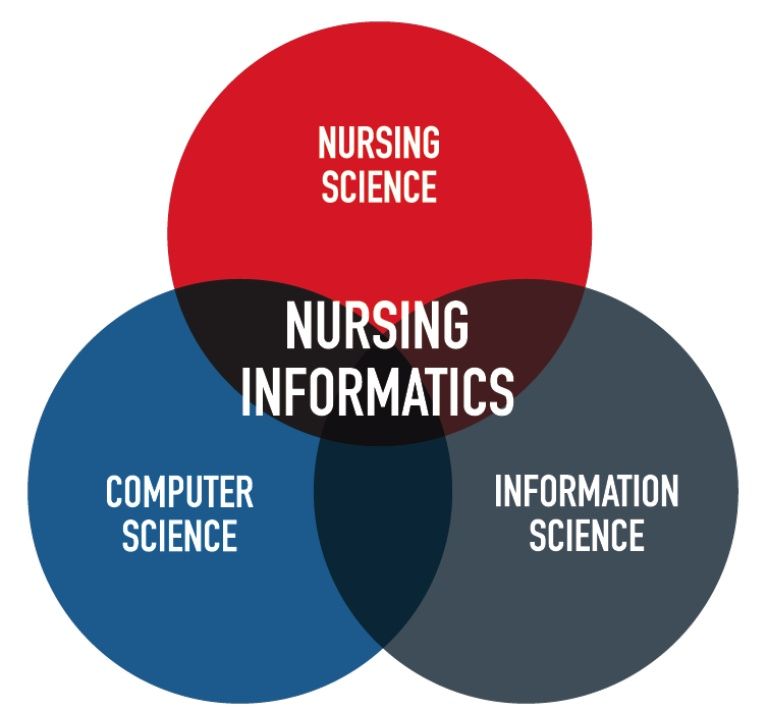
Nursing informatics involves the management and use of patient data, which raises crucial ethical considerations. It’s essential to ensure that the use of technology in healthcare aligns with ethical principles and safeguards patient privacy and well-being.
Data Privacy and Security
The use of electronic health records (EHRs) and other digital tools in healthcare generates vast amounts of sensitive patient data. Maintaining data privacy and security is paramount to protect patient confidentiality and trust in the healthcare system.
“Data privacy and security are essential for maintaining patient trust and ensuring the integrity of healthcare information.”
- Confidentiality: Healthcare professionals have a legal and ethical obligation to maintain patient confidentiality. This means protecting patient information from unauthorized access, disclosure, or use.
- Data Security: Robust security measures are necessary to prevent data breaches, unauthorized access, and data loss. This includes implementing access controls, encryption, and regular security audits.
- Data Integrity: Ensuring the accuracy and completeness of patient data is crucial for providing safe and effective care. This involves implementing data validation processes and mechanisms for correcting errors.
Ethical Challenges in Using Technology in Nursing
The use of technology in nursing presents unique ethical challenges that require careful consideration.
- Informed Consent: Patients must be fully informed about how their data will be used and have the opportunity to provide informed consent. This includes understanding the risks and benefits of using technology in their care.
- Data Ownership and Control: Patients have the right to access and control their health information. Technology should be designed to empower patients and give them ownership of their data.
- Algorithmic Bias: Algorithms used in healthcare can perpetuate existing biases and inequalities. It’s important to ensure that algorithms are fair, transparent, and do not discriminate against certain patient groups.
- Privacy and Surveillance: The use of technology in healthcare can raise concerns about patient privacy and surveillance. It’s essential to strike a balance between using technology to improve care and protecting patient privacy.
Future Trends in Nursing Informatics
Nursing informatics is a dynamic field that is constantly evolving, driven by advancements in technology and a growing understanding of how data can improve patient care. The future of nursing informatics promises exciting innovations that will reshape the way nurses work and interact with patients.
Artificial Intelligence and Machine Learning
Artificial intelligence (AI) and machine learning (ML) are rapidly transforming healthcare, and nursing informatics is at the forefront of this revolution. AI-powered systems can analyze vast amounts of patient data, identify patterns, and make predictions about patient outcomes. This information can help nurses make more informed decisions about patient care, optimize resource allocation, and improve patient safety.
- Predictive Analytics: AI can analyze patient data to predict the likelihood of adverse events, such as hospital readmissions or infections. This information allows nurses to intervene early and prevent these events from occurring.
- Personalized Care Plans: AI can help create personalized care plans based on individual patient characteristics and preferences. This can lead to more effective and efficient care delivery.
- Automated Tasks: AI can automate repetitive tasks, such as data entry and documentation, freeing up nurses to spend more time with patients.
Big Data Analytics
Big data analytics is another key trend in nursing informatics. This involves collecting, storing, and analyzing massive datasets to gain insights into patient populations, healthcare trends, and care quality. Big data analytics can help nurses:
- Identify Population Health Trends: Analyze large datasets to identify health trends within specific populations, enabling targeted interventions and public health initiatives.
- Improve Care Quality: Use data to track and measure care quality, identify areas for improvement, and optimize care processes.
- Develop New Therapies: Analyze clinical trial data to develop new treatments and therapies.
Innovative Solutions in Nursing Informatics
The field of nursing informatics is constantly innovating, with new solutions emerging to address challenges in healthcare. Some examples of innovative solutions include:
- Wearable Health Devices: Wearable devices, such as smartwatches and fitness trackers, can collect real-time data on patient health, providing nurses with valuable insights into patient status and potential risks.
- Virtual Reality and Augmented Reality: VR and AR technologies are being used to create immersive training simulations for nurses, improving their skills and knowledge in a safe and controlled environment.
- Telehealth and Remote Monitoring: Telehealth platforms allow nurses to provide remote patient care, enabling access to healthcare for individuals in underserved areas and reducing the need for hospital visits.
Final Conclusion: Nursing Informatics And Technology Information Management Systems
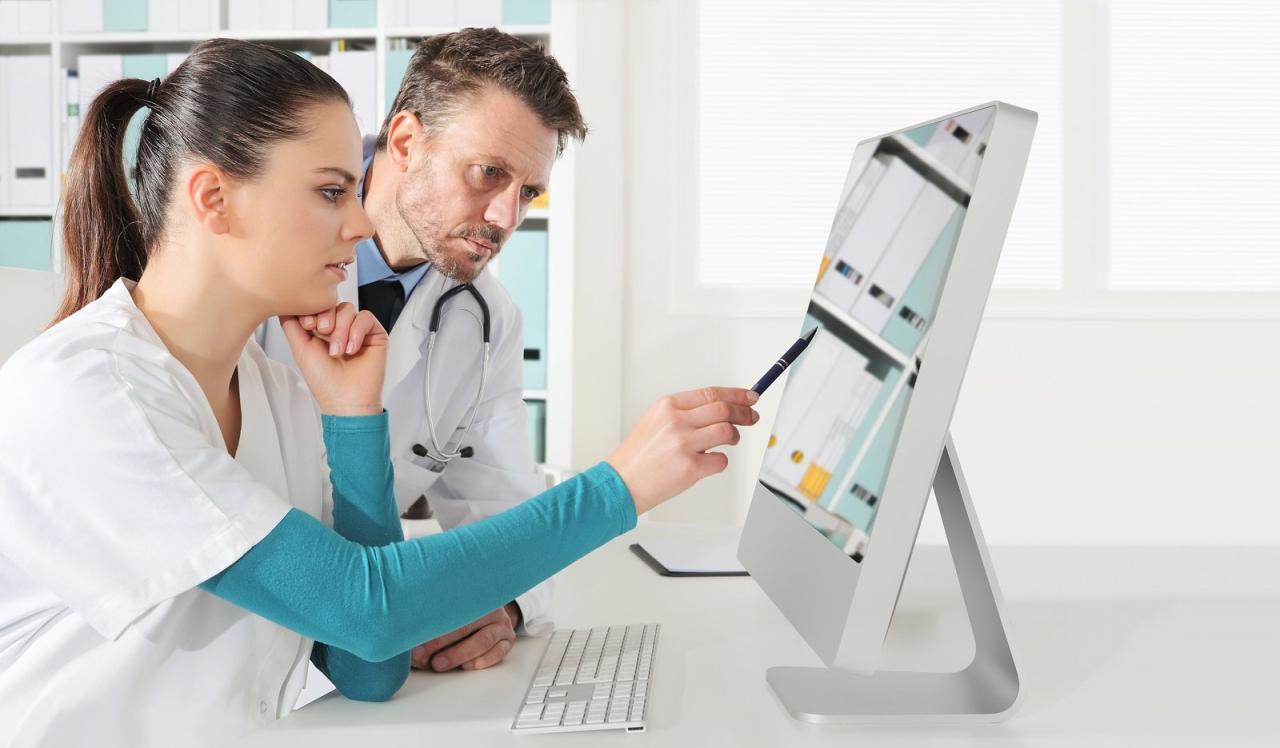
As technology continues to evolve, nursing informatics and information management systems will play an increasingly crucial role in shaping the future of healthcare. By leveraging data analytics, artificial intelligence, and other emerging technologies, nurses will be equipped to provide personalized, proactive, and data-driven care. This integration of technology and nursing expertise will ultimately lead to a more efficient, effective, and patient-centered healthcare system.
Nursing informatics and technology information management systems play a vital role in streamlining healthcare processes, and one area where this is particularly crucial is in managing patient records and data. A&C Technology, a&c technology , offers innovative solutions for electronic health records (EHR) and patient information systems, which are essential for nurses to access and manage patient data efficiently and securely.
These technologies empower nurses to make informed decisions and deliver high-quality care.

